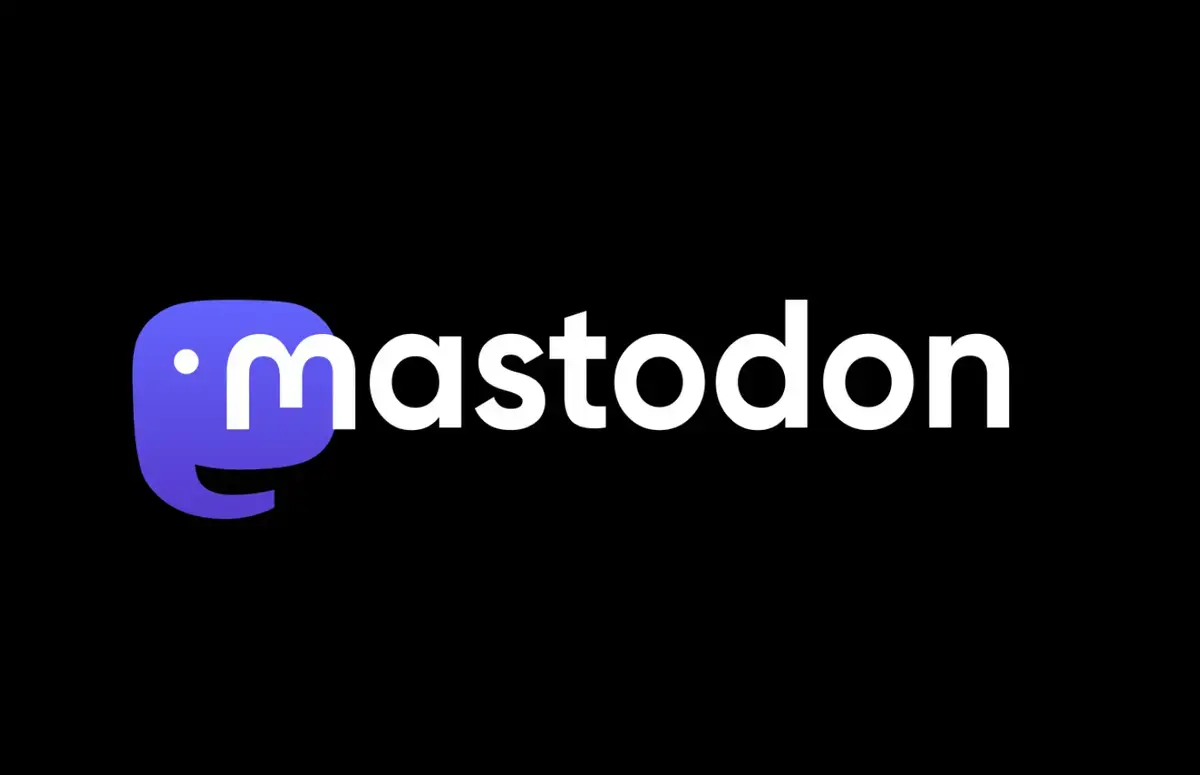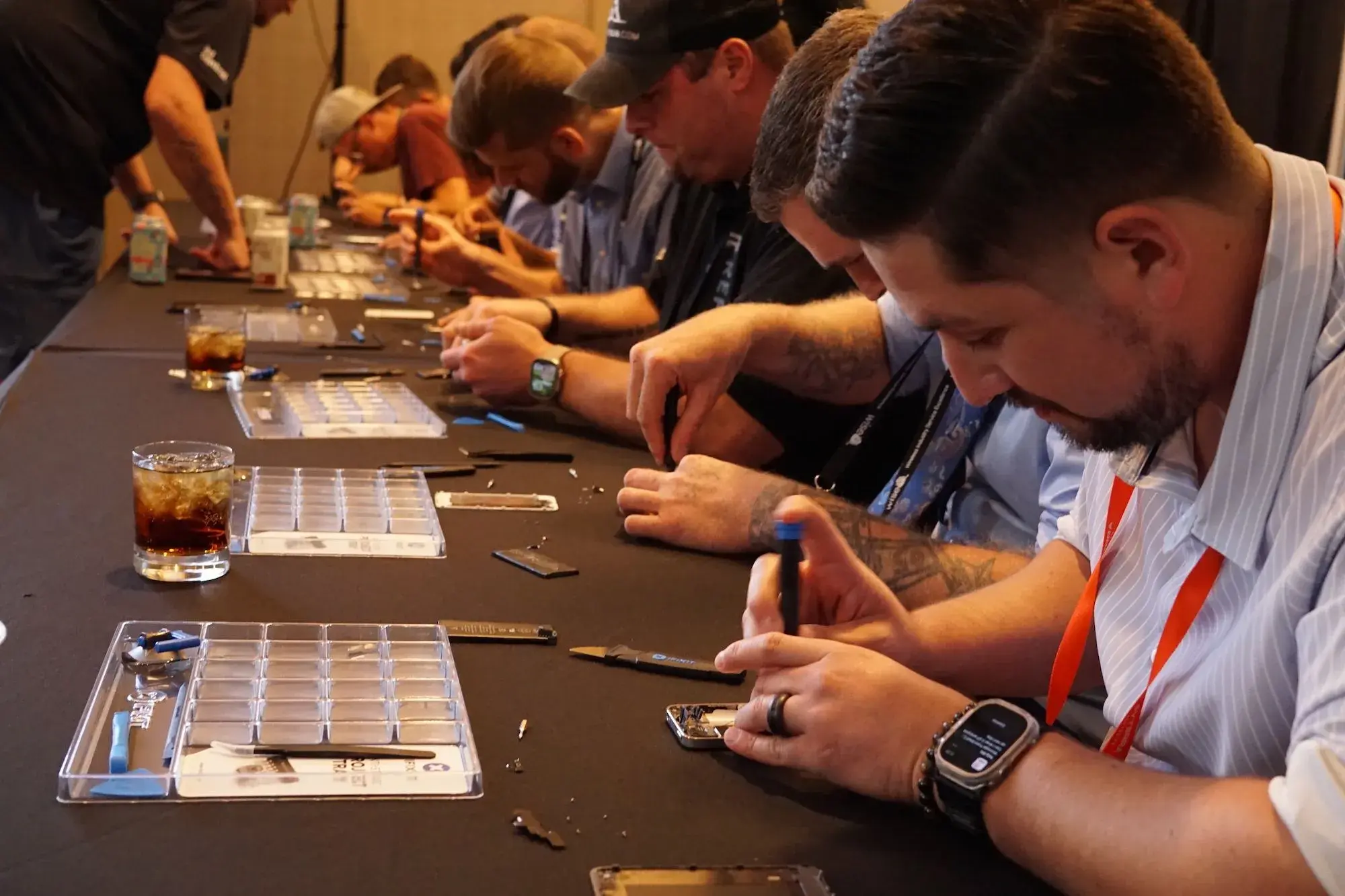Yeah, I guess I shouldn’t have put that in this comment, I was just airing a tangential frustration. It still doesn’t help me unless I set up a vps on a whitelisted domain at my work.
thejevans
- 3 Posts
- 187 Comments
I cannot access my homelab from my work network, so I cannot sync via Nextcloud. Syncthing would be better, but they just stopped supporting Android sync, which I need. Proton Drive doesn’t sync files on Android. On top of that, I don’t want to deal with sync issues because keepass isn’t designed for syncing like that. I’m not gonna go back to using Google, Microsoft, or Dropbox just for keepass. I’ve considered just keeping my db file on a flash drive, but all of the keepass Android apps I tried won’t automatically detect that the file exists when I plug in the drive.
If someone has a better way for me to use it, please enlighten me.
Bitwarden is slowly turning their stuff closed-source, and I hope they don’t turn to shit, but right now it’s what works.

 4·3 days ago
4·3 days agoYeah, I’m talking about not just Nix, but NixOS. Nix (the package manager) can do a lot, but NixOS + disko + home-manager can literally be all of the configuration for your machine from drive partitioning through to dot files. Throw in nixos-anywhere and impermanence and you can have an insane amount of control over all of your computers.
Ansible, Terraform, Chef, etc. do have some overlap, but the main difference is that those tools iterate through the system modifying it piece by piece and NixOS is declarative.
If something fails in some of my bigger Ansible playbooks, it could mean 30 minutes of just running through all the steps again. I could probably break it into sections, but then I have to worry about making sure they all get run when things get updated. In my NixOS install, it’s way faster, I can roll back to a previous state, and troubleshooting is way easier in my opinion.

 25·3 days ago
25·3 days agoYou can’t have your entire system configuration in a repository of plain text files, which has lots of advantages, but it’s not worth caring about unless you feel excited to get into it.

 41·6 days ago
41·6 days agoreally weird that they only included a discord link, but here is the repo: https://github.com/dittofeed/dittofeed
Yeah, I got stuck on secrets management. I just could not get network manager to keep my WiFi passwords. I’ll probably go back and try again at some point.
Trying to configure Sway in NixOS. I gave up and just use KDE Plasma. I do miss using Sway from when I used Arch, though.

 4·1 month ago
4·1 month agoThe main thing I have learned after switching to Linux full-time is that weird, proprietary hardware like this is almost never a good idea, for many reasons. It’s very easy to make labels for keys if you really want to, and if you need more functionality, having more buttons instead of layers is always going to be faster to learn and use. Especially if you are trying to use this as a home automation interface, it’s probably a better idea to have either a touch screen or a separate screen and keypad.
Sure, this thing looks nice, but in a couple years (at most) it will be e-waste.

 201·1 month ago
201·1 month agoThey only list support for Windows and MacOS on their site. The answer is almost certainly no, it doesn’t work with Linux. People may reverse engineer it like they did with the Stream Deck or GoXLR devices, but don’t hold your breath. Your best alternative would be something like this: https://drop.com/buy/megalodon-doio-hot-swappable-rgb-30-keyboard?defaultSelectionIds=970727
EDIT: Or, you could build your own without the need of a raspberry pi using something like this: https://www.instructables.com/STREAM-DECK-KILLER-and-OpenSource/

 34·1 month ago
34·1 month agoWhen I was in my early 20’s and first on dating apps, ghosting was frustrating, but as I became more aware and empathetic, and learned that I am not entitled to the attention of others, that frustration became a lot less of an issue pretty quickly. This looks like it was developed by people who haven’t realized that and it feels pretty cringe. I doubt this will go anywhere.
As you have in your post, Logical Increments is a good place to start.
As others have said, AMD is your best bet currently, mostly because of raw performance compared to recent Intel offerings. If you have no limited budget or power requirements, here are my recommendations:
If you have the paid version of Davinci Resolve, AMD does not have the best selection of hardware encode/decode options, but people have reported that Intel Arc GPUs work, so I would get and Intel A310 as a secondary GPU if that is something that you need.
If you want the best of the best GPU, without going Nvidia, the AMD RX 7900XTX is it. Also, AMD has stated publicly that they are moving away from high-end GPUs, so there probably won’t be a better one coming out anytime soon.
If you want to plan for more gaming than you stated in your post, the Ryzen 7800X3D is the best gaming CPU on the market, so I would get that. If you plan to focus on video editing, the 9950X is the best, but probably not worth the cost compared to cheaper 9000 or 7000 chips.
If you go with a Ryzen 7000 or 9000 CPU, get DDR5-6000 CL30 memory.
If you’re getting an air cooler for your CPU, don’t pay more than $50. There are a ton of great, cheap options these days.
Get either the new Antec Flux Pro case (when it’s available, probably this month) or the Fractal Torrent if you care about best thermals and quiet operation. Everything else is a compromise.
If you need HDMI 2.1, you’ll need a DP -> HDMI adapter on an AMD GPU because of a licensing squabble.
Those are things I could think of off the top of my head. I don’t think I missed anything big.
If you’re on a budget and can get 12th gen parts for cheap, I guess

 12·2 months ago
12·2 months agoI played through it yesterday. It was interesting, and there were fun story beats, but it was very easy. With all the accessibility features and tutorials, it’s probably a great game to get people who don’t play games interested in platforming games and maybe even some RPGs.

 2·2 months ago
2·2 months agoYeah, I need something to collaborate with my partner in realtime. We’ve got a hacky setup in Obsidian using dataview to join separate notes to a read-only one, so we don’t have collisions, but I would love something better.
Soundiiz -> last.fm or spotify playlist -> Newsbin or torrent + lidarr
If it does now, that might be an option. It didn’t when I got rid of Apple music.
That is true. Waydroid might work. No idea if you can get lossless through that.
I don’t think the Apple Music Windows app does lossless or hi-res either



I use FreshRSS, Read You on Android, and NewsFlash on my PC. It all syncs via FreshRSS seamlessly.